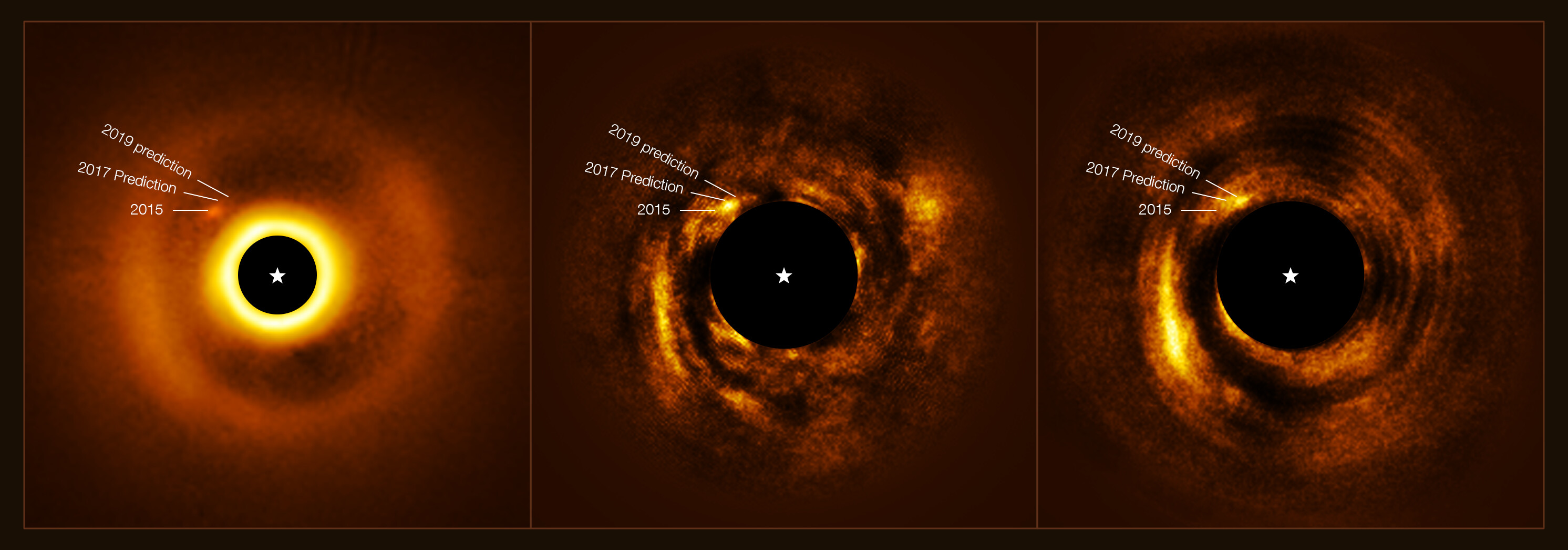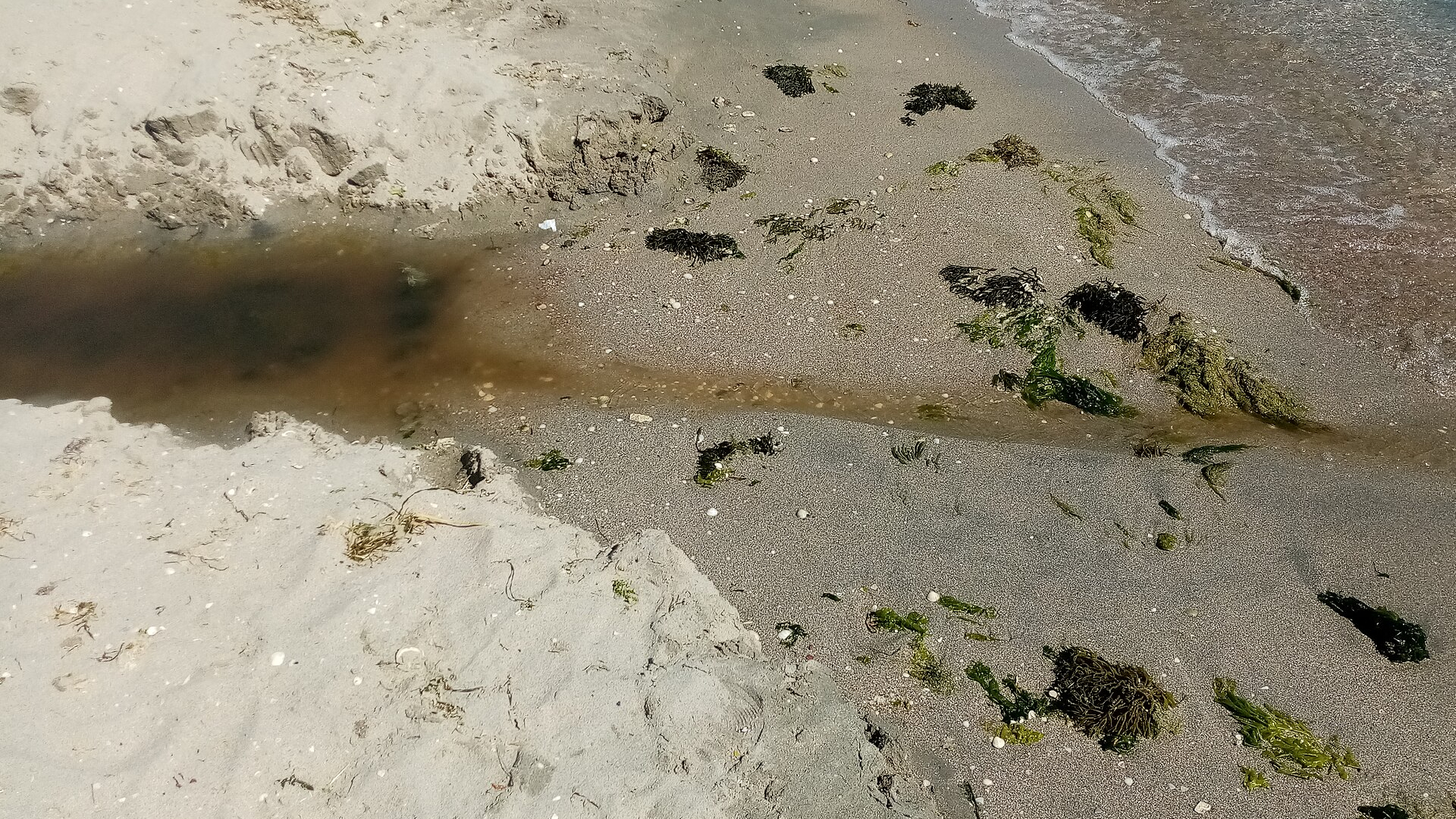New baby exoplanet discovered thanks to the 'wake' it leaves around its parent star
The young Jupiter-size world is carving a spiral-shaped cavity in the disk of the planet birthing dust that surrounds its star.
Astronomers have confirmed the existence of a newborn planet with a mass similar to the planet Jupiter.
A newly released image and video of the extrasolar planet, or exoplanet, shows how its orbital motion carves a cavity in a disk of gas and dust that surrounds its young parent star HD 169142. Astronomers were able to confirm the existence of the planet thanks in part to the spiral wake it creates as it rearranges the material in this disk as it orbits, similar to the wake a boat leaves as it travels through water.
This thin circular cloud of material is known as a protoplanetary disk, and it is within structures like this where cold dense lumps collapse under their own gravity to birth planets. Scientists have been aware that the protoplanetary disk around HD 169142 is divided into three separate rings, with the gaps between these rings attributed to the presence of young, newly formed planets or "protoplanets."
Related: Exoplanets: Worlds Beyond Our Solar System
Around 4.6 billion years ago, our star (the sun) was surrounded by a protoplanetary disk similar to the one seen around HD 169142, a disk which eventually collapsed to form the planets of the solar system, including Earth. This makes the study of protoplanetary disks, infant stars and young planets like those in this system important to understanding the processes that gave rise to our own planetary system and Earth itself.
Astronomers have been observing the environment around HD 169142 for several years with the Very Large Telescope (VLT) which is located on Cerro Paranal in the Atacama Desert of northern Chile and is one of the most advanced optical telescopes on the planet. In particular, astronomers made detailed observations of the system using the VLT's Spectro-Polarimetric High-contrast Exoplanet REsearch instrument, or SPHERE.
It was while reanalyzing old SPHERE data that a team of scientists led by Monash University researcher Iain Hammond was finally able to confirm the presence of this protoplanet. The Jupiter-size world is orbiting HD 169142 at a distance slightly greater than the distance between the sun and the solar system's seventh planet, the ice giant Neptune.
Breaking space news, the latest updates on rocket launches, skywatching events and more!
The SPHERE instrument is specifically created to observe features like the wake-like cavity caused by the baby planet's orbit, in addition to other features caused by growth clumps of gas, dust and rock around potential host stars. To do this, SPHERE blocks out light from the central star at the heart of a protoplanetary disk, increasing the contrast in the resulting images and correcting blurs caused by atmospheric turbulence to improve resolution.
The team hopes that a deeper investigation of this system could help scientists better understand the formation of gas giants like Jupiter.
The team has published their results in the journal Monthly Notices of the Royal Astronomical Society
Follow us @Spacedotcom, or on Facebook and Instagram.
Join our Space Forums to keep talking space on the latest missions, night sky and more! And if you have a news tip, correction or comment, let us know at: community@space.com.

Robert Lea is a science journalist in the U.K. whose articles have been published in Physics World, New Scientist, Astronomy Magazine, All About Space, Newsweek and ZME Science. He also writes about science communication for Elsevier and the European Journal of Physics. Rob holds a bachelor of science degree in physics and astronomy from the U.K.’s Open University. Follow him on Twitter @sciencef1rst.

